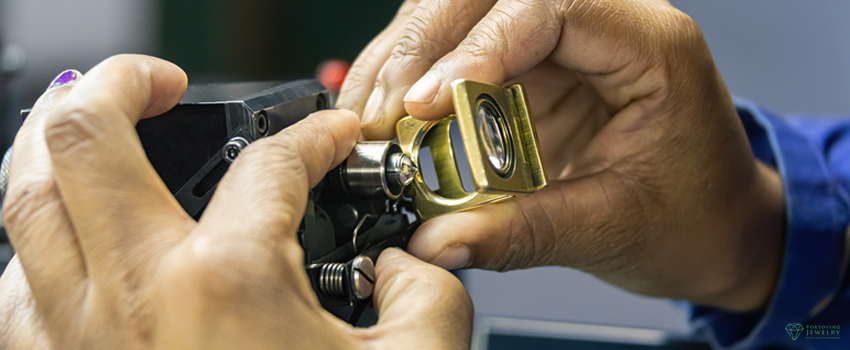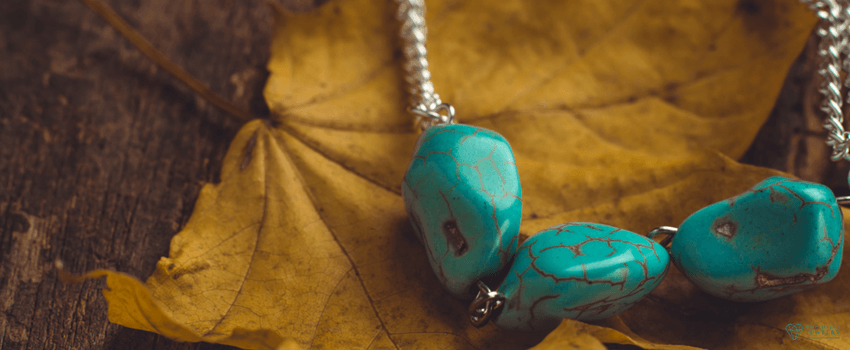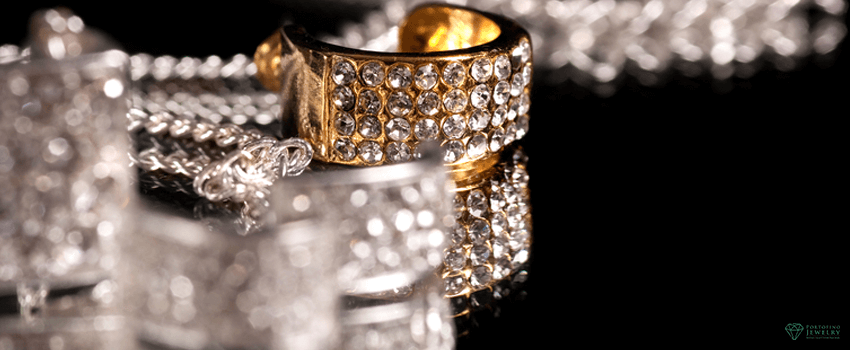The numerous properties of diamonds make them attractive gemstones for various jewelry designs, such as adding a diamond to a ring or on a pair of earrings.
Available in a vast array of shapes and carat weights, diamonds can be paired with some precious metals ranging from silver to platinum. Due to their resilience and enduring brilliance, diamonds can be cut into various shapes, from the conventional round brilliant cut to the more contemporary emerald and princess cuts.
This versatility allows them to be utilized in many patterns, from basic solitaires to elaborate clusters and sophisticated pieces. In their rarest and most desirable form, diamonds are colorless. However, the highest quality diamonds are exceedingly rare, and the vast majority of diamonds have minute inclusions, commonly known as “nature’s fingerprints.” Thus, understanding diamond grading is advantageous for people who want to purchase this precious investment.
History of Diamonds
Diamonds, the most precious and lasting of all jewels, have captivated people for millennia. Diamonds have long been prized for their extraordinary beauty and used throughout history to represent love and loyalty. This unique and gorgeous gem is shrouded in mystery and legend, making it highly sought after by men and women of all ages.
Diamonds were first used as a sign of marriage almost 500 years ago when the Archduke of Austria gave a diamond to Mary of Burgundy. They are still the most common jewels used in engagement rings today.
The name is derived from the Greek word “adamas,” which means “indestructible.” It is thought to symbolize power and bravery, and their clarity and eternal beauty rapidly made them a popular love gift.
The 4 C’s of Diamond Grading
The notion of acquiring a diamond may appear daunting. Consequently, the Gemological Institute of America (GIA), an independent authority on diamonds, provided various helpful resources to assist everyone in selecting the highest quality diamonds.
The 4Cs (Color, Clarity, Cut, and Carat Weight) were developed by GIA as a universal system for determining the quality of any diamond anywhere in the world. Understanding the 4Cs implies two things: rating a diamond can be conveyed in a universal language, and buyers can quickly determine what to look for in a diamond.
Color
Diamonds can come in a wide range of colors, although typically, they are colorless or very close to it. Diamonds with a brownish or yellowish tint can be a stylish addition to modern settings.
Here’s a diamond quality guide for color:
- Colorless – Colorless diamonds are the most valuable. They are considerably more costly and look fantastic when combined with white gold or platinum. These are graded with a D, E, or F.
- Near Colorless – The next-best diamonds are those that are nearly colorless. Because near-colorless diamonds are more prevalent than colorless diamonds, they are less expensive. These items have a grade of G, H, I, or J.
- Faint Yellow – Following are diamonds of a pale color. These are graded as K, L, or M. These diamonds are an excellent option for those who desire a larger diamond but have a limited budget.
- Light Yellow – These are diamonds of a pale hue. These are graded N, O, P, Q, or R. These gems have a subtle hue visible to the naked eye. They are significantly less expensive than colors of higher quality diamonds.
- Very Light Yellow – Light-colored diamonds are graded as S, T, U, V, W, X, Y, or Z. The warm hue of these gems is perceptible to the naked eye. They are often regarded as unfavorable for jewelry creation.
Clarity
All diamonds are one-of-a-kind and feature inherent inclusions or minute imperfections. Some inclusions developed when the diamonds were formed in the ground are hardly visible to the naked eye. Nevertheless, evaluating the diamond’s clarity is crucial, particularly in picking out a diamond to be set on a ring.
Here are six GIA clarity grades for diamonds:
- Flawless – These diamonds have no apparent flaws or imperfections when seen under 10x magnification. They constitute fewer than 1% of all diamonds and are exceedingly rare.
- Internally Flawless – These diamonds have no apparent inclusions within the stone under 10x magnification. They have minor surface flaws observable under a microscope but are otherwise eye-clean.
- Very, Very Slightly Included – These are diamonds with no apparent inclusions within the stone under a 10x magnification. They have minor surface flaws observable under a microscope but are otherwise eye-clean.
- Very Slightly Included – Under 10x magnification, the inclusions are modest and range from challenging to reasonably easy for a professional grader to see.
- Slightly Included – At 10x magnification, these are diamonds with tiny imperfections that range from difficult to reasonably easy to spot.
- Included – These are diamonds with visible inclusions under a 10x magnification. They are not necessarily aesthetically pleasing.
Carat
Contrary to popular belief, the carat does not represent the diamond’s size but rather its weight. Depending on its cut and setting, a diamond’s apparent carat weight might be significantly greater than its actual carat weight. However, carat denotes the actual weight of a diamond. Typically, the carat weight of a cluster ring or piece of jewelry with many diamonds represents the total weight of all the diamonds in the piece.
Cut
Cut refers to the style and form into which raw crystal is skillfully formed. Different shapes and cutting styles provide various effects, but a well-cut diamond will shine considerably as it reflects light. A perfect diamond cut can bring out its brilliance while considering symmetry and dimensions to reflect light throughout the diamond.
Here are some basic cuts of diamonds:
- Round Brilliant Cut – It is the most common diamond shape. You will need to select higher quality grades to bring out the maximum brilliance in a round diamond.
- Princess Cut – Because of how they are cut, princess-cut diamonds are available in both square and rectangular shapes and are exceptionally bright. The hue given by princess-cut diamonds is very distinctive.
- Emerald Cut – Due to the pavilion’s step-cut rectangular facets, emerald-cut diamonds possess a unique optical look.
- Marquise Cut – Marquise-shaped diamonds boost carat weight by accentuating the diamond’s size.
- Pear-Shaped Cut – Combining round and marquise cuts, pear-shaped diamonds have an amazing teardrop form. The narrow pear form makes the fingers and hands appear slimmer.
- Radiant Cut – Radiant-cut diamonds have uniquely trimmed edges that mix the emerald-line cut with the round diamond’s brilliance.
- Oval Cut – Oval diamonds feature a traditional look with a contemporary touch. It is easy to pair with other jewelry because it is a typical cut in all types of jewelry, notably engagement rings.
Conclusion
One of the first things most people learn about diamonds is that not all diamonds are made equal; every diamond is unique. Diamonds are available in various sizes, shapes, colors, and intrinsic features. In the 1950s, the Gemological Institute of America (GIA) formalized using four fundamental parameters to describe and classify diamonds through its Clarity, Color, Cut, and Carat Weight – all key to understanding diamond grading.
Choose Your Diamonds at Portofino Jewelry Now.
By understanding diamond grading, you’re now conversant and confident with all there is to know about diamonds. Now, it wouldn’t be hard for you to determine what to purchase in Portofino Jewelry, the top Avon jewelry store. With their expert jeweler, a vast array of diamond choices, and your acquired knowledge, making an informed decision would be a breeze. Visit us now









